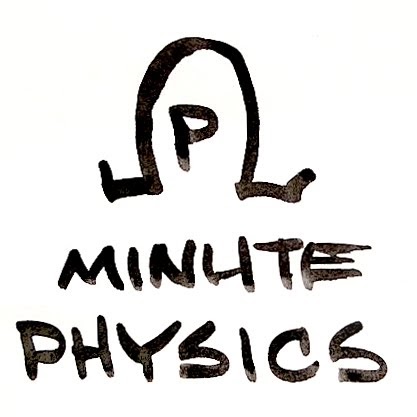2017-08-15
[public] 554K views, 17.4K likes, 579 dislikes audio only
3072×1728Watch the MinuteEarth video here – I PROMISE it's really really really good: /youtube/video/pAI1N96t8Vk
MinutePhysics & MinuteEarth are on Patreon: http://www.patreon.com/minutephysics and http://www.patreon.com/minuteearth
This video is about the differences between the corpses or final degenerate dense star forms that dead stars take: black holes, neutron stars, and white dwarfs. The main distinguishing features between them are the mass cutoffs (Chandrasekhar limit and Tolman-Oppenheimer-Volkoff Limit), the matter that makes them up (electrons, protons, neutrons, singularity?), and what holds them up against gravity – not thermal pressure from nuclear fusion like in a star like the sun, but electron or neutron degeneracy pressure (fermi pressure/pauli exclusion principle), and the strong nuclear force, and... nothing (in the case of a black hole).
REFERENCES:
Chandrasekhar Limit: https://en.wikipedia.org/wiki/Chandrasekhar_limit
Tolman-Oppenheimer-Volkoff Limit: https://en.wikipedia.org/wiki/Tolman–Oppenheimer–Volkoff_limit
Richard Pogge (Ohio State) on Neutron & White Dwarf Stars: http://www.astronomy.ohio-state.edu/~pogge/Ast162/Unit3/extreme.html
Richard Pogge on Star Formation: http://www.astronomy.ohio-state.edu/~pogge/Ast162/Unit2/starform.html
Richard Pogge on Black Holes
Differences between galaxies and galaxy clusters: https://www.newscientist.com/article/dn20026-when-is-a-group-of-stars-not-a-galaxy/
Introductory/review Paper on Neutron Stars: https://arxiv.org/pdf/1102.5735.pdf
White dwarf stars on hyperphysics: http://hyperphysics.phy-astr.gsu.edu/hbase/Astro/whdwar.html
Brown Dwarf: https://en.wikipedia.org/wiki/Brown_dwarf
Support MinutePhysics on Patreon! http://www.patreon.com/minutephysics
Link to Patreon Supporters: http://www.minutephysics.com/supporters/
MinutePhysics is on twitter - @minutephysics
And facebook - http://facebook.com/minutephysics
And Google+ (does anyone use this any more?) - http://bit.ly/qzEwc6
Minute Physics provides an energetic and entertaining view of old and new problems in physics -- all in a minute!
Created by Henry Reich
/youtube/video/pAI1N96t8Vk
/youtube/video/NucdlR9EGbA?t=56
/youtube/channel/UCUHW94eEFW7hkUMVaZz4eDg
http://www.patreon.com/minutephysics
/youtube/video/pAI1N96t8Vk

